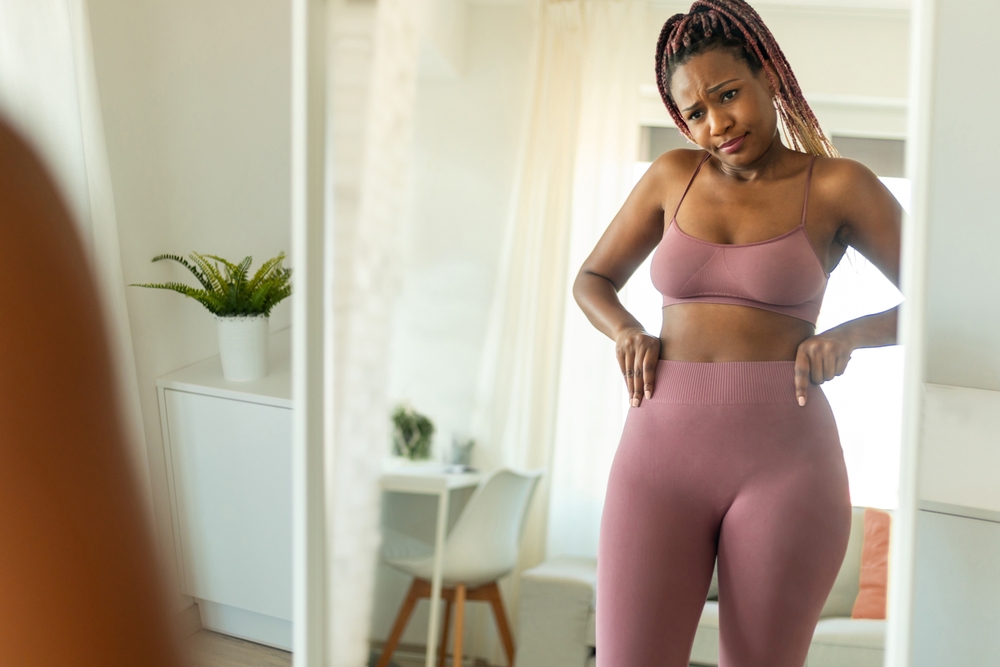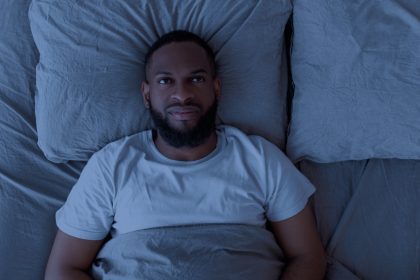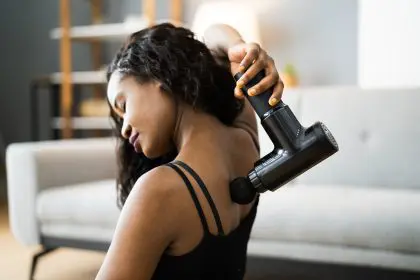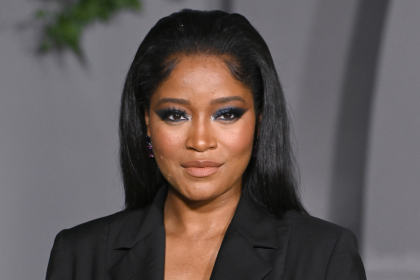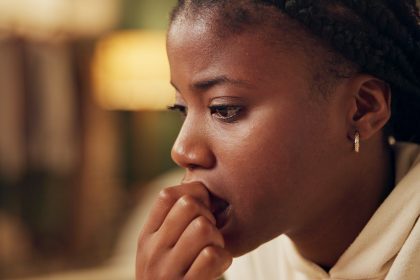For many people, the simple act of looking in the mirror can be a daunting and emotional experience. It’s not just about vanity or self-criticism—a deep-rooted fear can manifest when faced with one’s reflection. This fear is more common than many realize and is tied to complex psychological and societal factors that shape how individuals perceive themselves.
Looking in the mirror is supposed to be a moment of self-assessment, a chance to prepare for thene’s day, or perhaps to appreciate o appearance. Yet, for countless people, it becomes a moment of anxiety, discomfort, and even self-loathing. This emotional response isn’t merely about physical appearance; it’s intertwined with how individuals see their worth, their identity, and how they believe others perceive them.
Understanding why so many people struggle with this fear is crucial to addressing a broader issue of self-acceptance and mental well-being. This article explores the reasons behind this fear, the emotional and societal influences at play, and how to begin overcoming self-perception discomfort.
The roots of the fear
The fear of looking at one’s body in the mirror often starts at a young age. Children are impressionable, and their environment can significantly influence the way they learn to view themselves. Family, friends, media, and societal standards all contribute to shaping how a person perceives their body. Negative comments about appearance, whether directed at them or at others, can create lasting impacts on self-esteem.
As people grow older, these early experiences can evolve into more profound insecurities. The media plays a significant role in perpetuating unrealistic beauty standards, often glorifying an ideal that is unattainable for most. When individuals compare themselves to these ideals, it can lead to feelings of inadequacy and shame. This comparison trap can make the simple act of looking in the mirror feel like a confrontation with failure, driving the fear even deeper.
Society’s emphasis on physical appearance, especially in the age of social media, amplifies this fear. The constant barrage of ‘perfect’ images can distort a person’s perception of their body, leading to a disconnect between their true self and the image they feel they should project. This disconnect fosters a fear of the mirror, as it becomes a reminder of the perceived gap between expectation and reality.
The emotional impact
The fear of looking in the mirror is not just about physical appearance; it is closely linked to emotional and psychological well-being. For many, the mirror becomes a symbol of self-judgment and inadequacy. The act of looking at one’s reflection can trigger feelings of anxiety, depression, and even disgust. This emotional response is often rooted in a lack of self-compassion and an internalized belief that one is not good enough.
Body dysmorphic disorder (BDD) is an extreme example of this fear taken to its psychological limit. BDD is characterized by an obsessive focus on perceived flaws in one’s appearance, which may be minor or completely imagined. For those suffering from BDD, mirrors can become both a tool of fixation and a source of intense distress, as they are caught in a cycle of scrutinizing their appearance and feeling overwhelmed by what they see.
Even for those who do not suffer from a clinical condition like BDD, the emotional impact of this fear can be significant. It can affect daily life, from the way a person dresses to their social interactions and even their intimate relationships. The fear of the mirror can lead to avoidance behaviors, where individuals may go to great lengths to avoid seeing their reflection or may engage in excessive grooming to try to meet their internalized standards.
Societal pressures and the media’s role
The media’s portrayal of beauty is one of the most significant contributors to the fear of looking in the mirror. From television and movies to advertisements and social media, the images of perfection are everywhere. These images often represent a narrow and unrealistic standard of beauty—slim, toned, flawless skin, perfect hair—which can make anyone who doesn’t fit that mold feel inadequate.
Social media platforms, in particular, have amplified these pressures. The rise of filters and photo-editing apps has made it easy for users to alter their appearance in photos, presenting a polished version of themselves that may not reflect reality. This creates a culture where appearance is constantly curated and compared, leading to a widespread fear of not measuring up.
The impact of these societal pressures is especially pronounced in women, who are often the primary targets of beauty standards in the media. However, men are not immune to this fear. The growing emphasis on male physical appearance in the media has led to a rise in body image issues among men as well, contributing to the fear of the mirror across genders.
The path to self-acceptance
Overcoming the fear of looking at one’s body in the mirror requires a shift in mindset—a journey toward self-acceptance and compassion. This journey is not easy, but it is possible with intentional effort and support.
One of the first steps in overcoming this fear is to challenge the negative beliefs and self-talk that arise when looking in the mirror. Cognitive-behavioral therapy (CBT) can be particularly effective in helping individuals reframe their thoughts about their body image. By identifying and questioning the unrealistic standards they hold themselves to, individuals can begin to develop a more balanced and accepting view of their appearance.
Another crucial step is to reduce exposure to media that promotes unrealistic beauty standards. This might mean unfollowing certain social media accounts, avoiding certain magazines, or being more mindful of the media one consumes. Surrounding oneself with positive influences—whether through media, supportive friends, or body-positive communities—can help reinforce a healthier self-image.
Practicing self-compassion is also essential. This involves treating oneself with the same kindness and understanding that one would offer to a friend. Instead of focusing on perceived flaws, individuals can learn to appreciate their body for what it can do rather than just how it looks. Engaging in activities that promote body positivity, such as yoga, dance, or mindful movement, can help strengthen this connection.
For some, seeking professional help may be necessary, especially if the fear of the mirror is deeply ingrained or connected to other mental health issues. Therapists specializing in body image issues can provide guidance and support in navigating this complex emotional terrain.
Embracing the reflection
The fear of looking at one’s body in the mirror is a multifaceted issue, deeply rooted in both individual psychology and societal pressures. However, by understanding the origins of this fear and taking steps toward self-acceptance, it is possible to transform the mirror from a source of anxiety into a tool for self-discovery and empowerment.
Learning to look at oneself with kindness and without judgment is a powerful act of reclaiming one’s self-worth. It’s about moving away from society’s narrow definitions of beauty and embracing a more holistic and compassionate view of oneself. In this journey, the mirror can become a reflection not just of appearance, but of the strength, resilience, and beauty that lies within each individual.
This story was created using AI technology.

